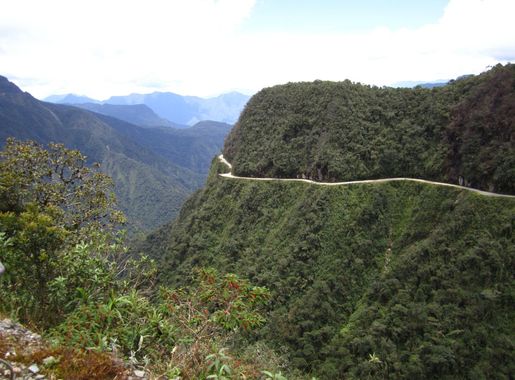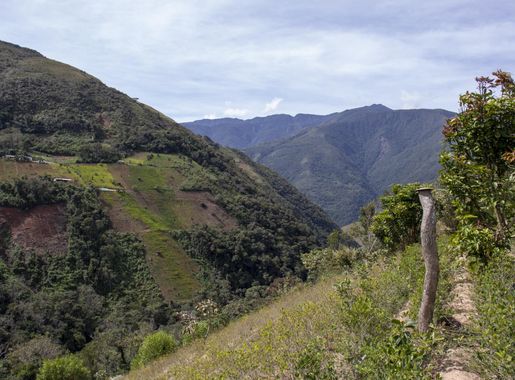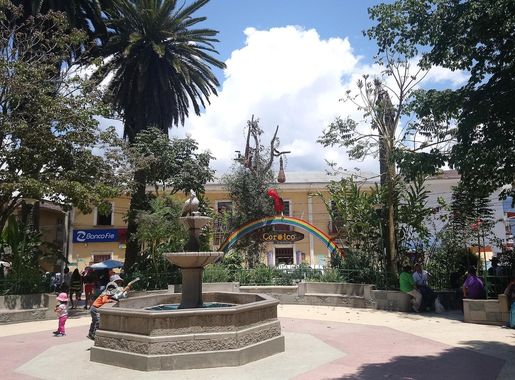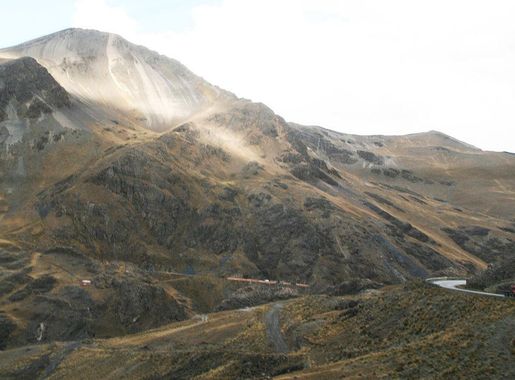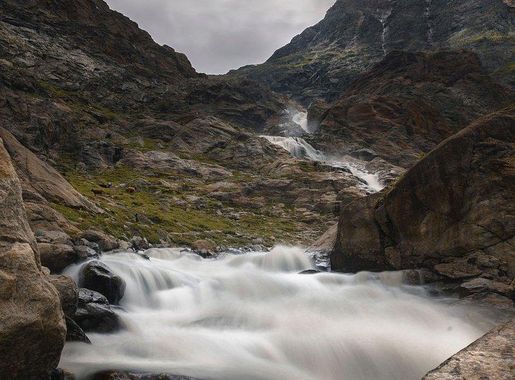
The Thrilling Yungas Road: Bolivia's Death Road
Discover the Thrills of Yungas Road: An Adventurous Journey through Bolivia's Stunning Landscapes and Rich Ecosystems.
Yungas Road, also known as the Death Road, is one of Bolivia's most exhilarating and famous routes. Stretching from La Paz to the Amazon rainforest, this road offers a unique blend of breathtaking scenery and adrenaline-pumping adventure. The road is carved into the side of mountains, providing stunning views of lush valleys and cascading waterfalls. Despite its infamous reputation for danger, Yungas Road has become a popular destination for thrill-seeking cyclists and adventure enthusiasts from around the world. As you traverse this narrow and winding path, you'll encounter an array of diverse ecosystems. The high-altitude start in La Paz offers a stark, treeless landscape, which gradually transitions into the dense, tropical Yungas region. Along the way, you'll pass through misty clouds, vibrant flora, and the occasional wildlife sighting. The journey is as much about experiencing the natural beauty of Bolivia as it is about conquering one of the world's most notorious roads. For those less inclined towards extreme sports, there are guided tours available that provide a safer way to enjoy the road's spectacular views and historical significance. Many tours include stops at local villages, offering a glimpse into the lives of the indigenous communities that inhabit the region. Whether you're an adventurer at heart or simply a lover of nature, Yungas Road is a destination that promises an unforgettable experience.
Local tips in Yungas Road
- Wear appropriate safety gear, including a helmet and elbow/knee pads, especially if cycling.
- Book a guided tour if you're not familiar with the terrain; local guides know the safest routes.
- Start early in the morning to avoid afternoon fog and rain, which can make the road more dangerous.
- Carry plenty of water and snacks, as there are limited facilities along the route.
- Check weather conditions before setting out, as heavy rainfall can make the road impassable.
The Thrilling Yungas Road: Bolivia's Death Road
Yungas Road, also known as the Death Road, is one of Bolivia's most exhilarating and famous routes. Stretching from La Paz to the Amazon rainforest, this road offers a unique blend of breathtaking scenery and adrenaline-pumping adventure. The road is carved into the side of mountains, providing stunning views of lush valleys and cascading waterfalls. Despite its infamous reputation for danger, Yungas Road has become a popular destination for thrill-seeking cyclists and adventure enthusiasts from around the world. As you traverse this narrow and winding path, you'll encounter an array of diverse ecosystems. The high-altitude start in La Paz offers a stark, treeless landscape, which gradually transitions into the dense, tropical Yungas region. Along the way, you'll pass through misty clouds, vibrant flora, and the occasional wildlife sighting. The journey is as much about experiencing the natural beauty of Bolivia as it is about conquering one of the world's most notorious roads. For those less inclined towards extreme sports, there are guided tours available that provide a safer way to enjoy the road's spectacular views and historical significance. Many tours include stops at local villages, offering a glimpse into the lives of the indigenous communities that inhabit the region. Whether you're an adventurer at heart or simply a lover of nature, Yungas Road is a destination that promises an unforgettable experience.
When is the best time to go to Yungas Road?
Iconic landmarks you can’t miss
Plaza Mayor de San Francisco
Discover the cultural richness and architectural beauty of Plaza Mayor de San Francisco, the historical heart of La Paz, Bolivia.
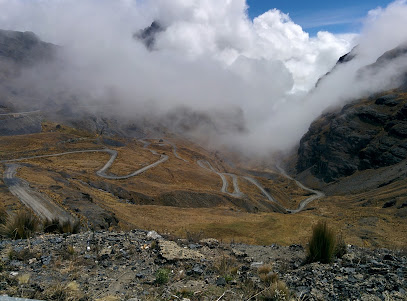
Plaza Murillo
Discover the historical heart of La Paz at Plaza Murillo, an iconic park surrounded by significant landmarks and vibrant local life.
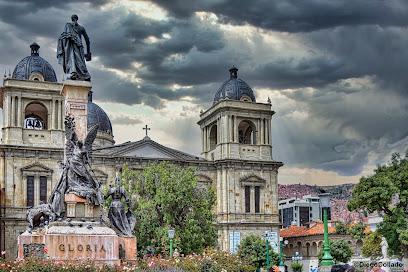
The Witches Market
Discover the vibrant spirit of Bolivia at The Witches Market, a colorful hub of handicrafts, culture, and mystical traditions in La Paz.
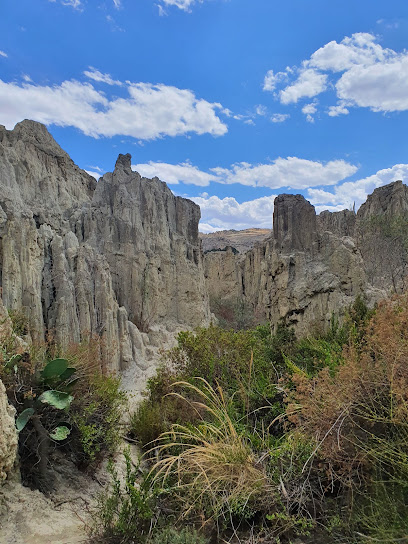
Valle de la Luna
Explore Valle de la Luna, an enchanting geological wonder near La Paz, Bolivia, where nature's artistry creates breathtaking landscapes and unique rock formations.
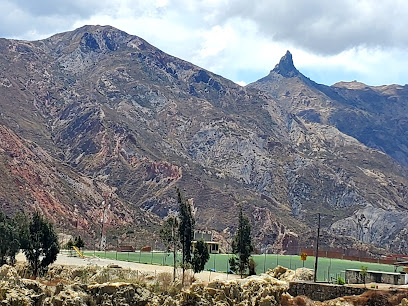
Mirador Killi Killi
Discover the stunning vistas of La Paz from Mirador Killi Killi, a picturesque viewpoint offering breathtaking landscapes and a taste of Bolivian culture.
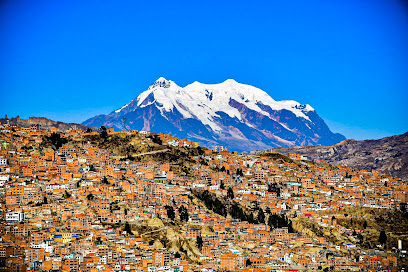
Basilica of Saint Francis
Discover the Basilica of Saint Francis in La Paz, a stunning architectural gem and cultural landmark that embodies Bolivia's rich spiritual heritage.
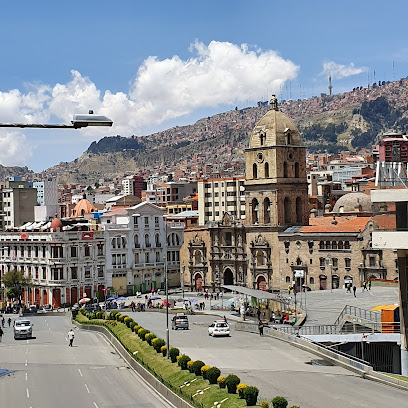
Montículo
Experience the serene beauty of Montículo, a historic park in La Paz, Bolivia, perfect for relaxation, photography, and nature immersion.
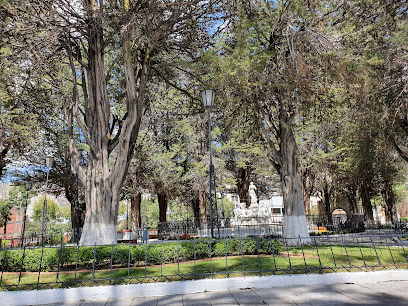
Ethnography Museum
Explore Bolivia's vibrant culture at the Ethnography Museum in La Paz, showcasing diverse traditions and rich heritage through engaging exhibits.
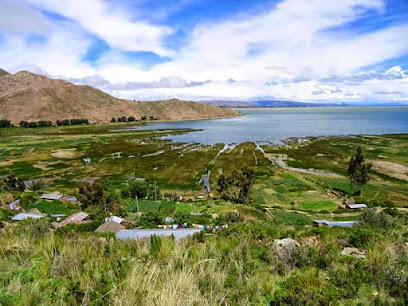
Mirador Pampahasi
Experience breathtaking panoramas at Mirador Pampahasi, a must-visit viewpoint showcasing the stunning landscapes of La Paz, Bolivia.
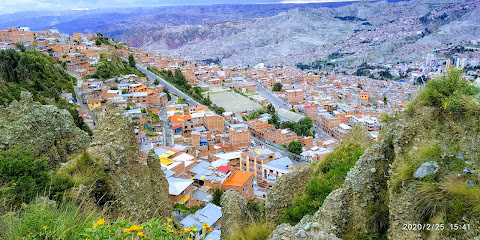
Coca Museum
Discover the cultural and historical significance of the coca leaf at La Paz's Coca Museum, a must-visit for every traveler.

Valle De Las Animas
Experience breathtaking views and stunning rock formations at Valle De Las Animas, a must-visit observation deck in La Paz, Bolivia.
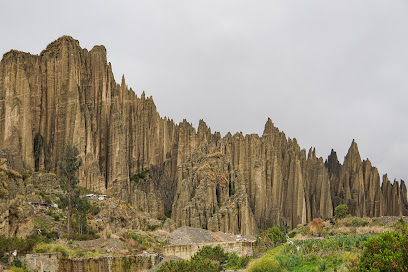
La Senda Verde
Discover La Senda Verde, a wildlife sanctuary in Bolivia's Yungas region, where conservation and beauty intertwine in a unique eco-tourism experience.
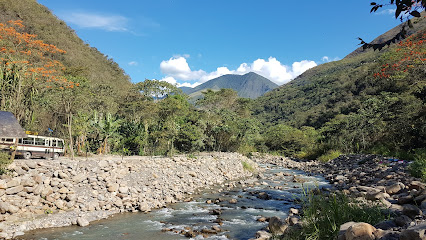
Cathedral Basilica of Our Lady of Peace
Explore the breathtaking Cathedral Basilica of Our Lady of Peace in La Paz, a stunning blend of history, culture, and architectural beauty.
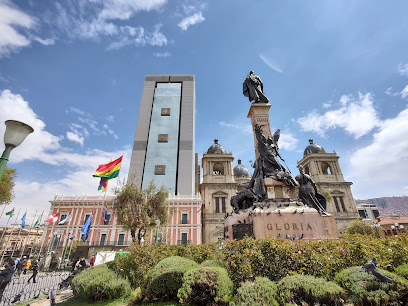
Mirador Laikakota
Discover breathtaking vistas of La Paz from Mirador Laikakota, an essential observation deck that showcases Bolivia's stunning landscapes.
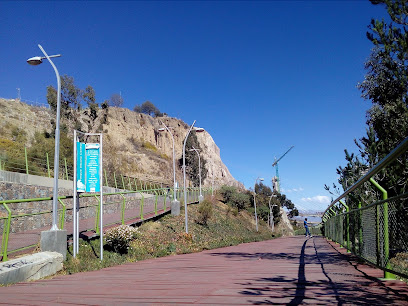
Camino de la muerte
Experience the breathtaking thrill of biking down the famous Camino de la Muerte, an iconic Bolivian adventure surrounded by stunning landscapes.
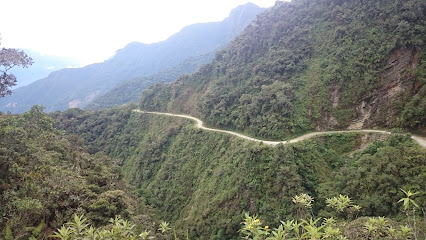
Unmissable attractions to see
Parque Urbano Central
Experience the beauty of Parque Urbano Central, La Paz's vibrant urban park, where nature meets culture in a peaceful oasis.
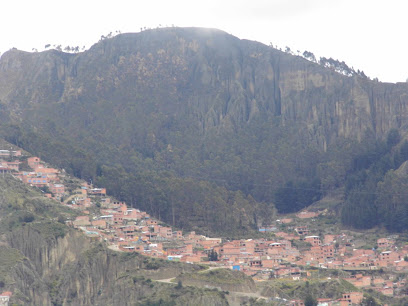
Valle de la Luna
Experience the surreal beauty of Valle de la Luna, a geological wonder and city park near La Paz, Bolivia, perfect for outdoor adventures.
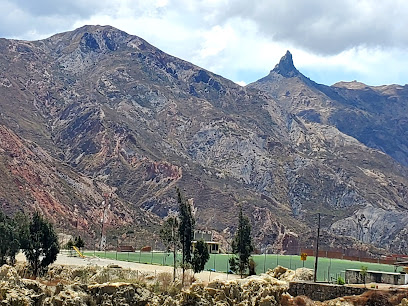
Iglesia San Miguel Arcángel
Discover the architectural beauty and spiritual tranquility of Iglesia San Miguel Arcángel in the heart of La Paz, Bolivia.
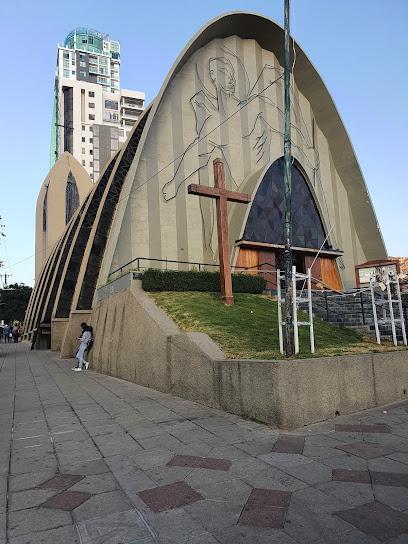
Parque Bartolina Sisa
Explore the lush landscapes and cultural heritage of Parque Bartolina Sisa, a serene state park in La Paz, Bolivia, perfect for nature lovers and families.
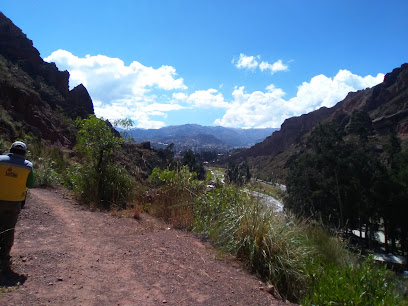
National Art Museum
Discover Bolivia's artistic soul at the National Art Museum, where history, culture, and creativity converge in a stunning collection of artworks.
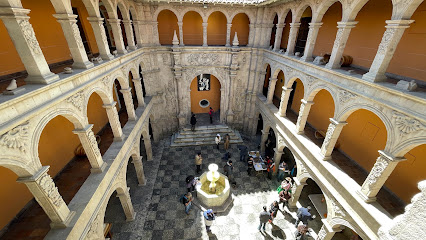
Plaza principal de Coroico
Explore the vibrant Plaza Principal de Coroico, a picturesque park surrounded by stunning Andean views and rich Bolivian culture.

Jinchumuruni hidden lagoon
Experience the breathtaking beauty of Jinchumuruni Hidden Lagoon, a serene escape in Pongo, Bolivia, where nature and adventure await.
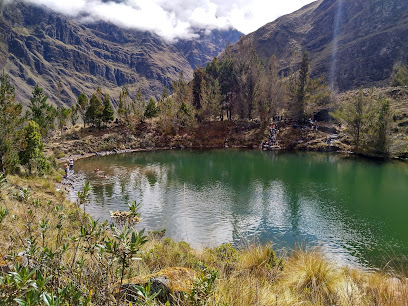
Mirador Laikakota
Experience stunning panoramic views of La Paz and the breathtaking Andes at Mirador Laikakota, a must-visit observation deck in Bolivia.
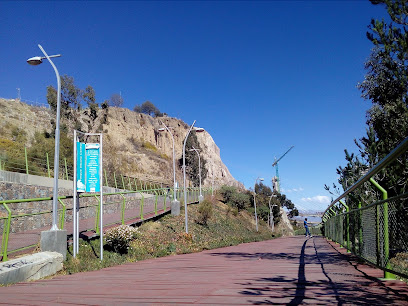
Mono Zip Line And Cafe
Experience the thrill of zip lining and the taste of local cuisine at Mono Zip Line and Cafe in Pacollo, Bolivia—an unforgettable adventure awaits.
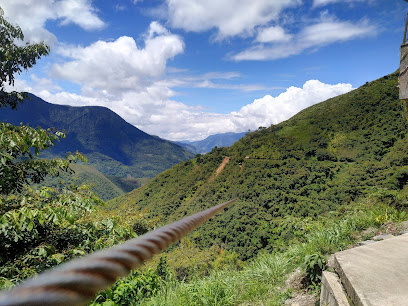
Cascada de Hampaturi
Experience the breathtaking beauty of Cascada de Hampaturi, a hidden gem in La Paz, Bolivia, perfect for nature lovers and adventure seekers.
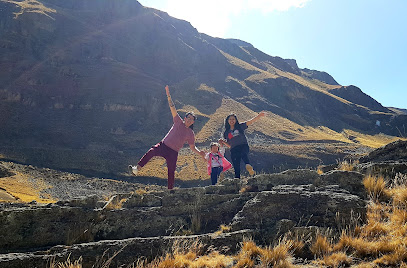
La Jalancha. 3ra Cascada
Experience the breathtaking beauty of La Jalancha, Bolivia's stunning waterfall attraction, perfect for nature lovers and adventure seekers.
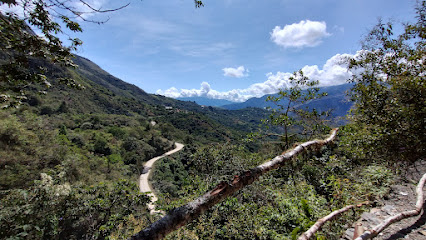
Siete Lagunas
Siete Lagunas: A breathtaking collection of seven glacial lagoons nestled in the stunning Andes mountains, perfect for nature lovers and adventure seekers.
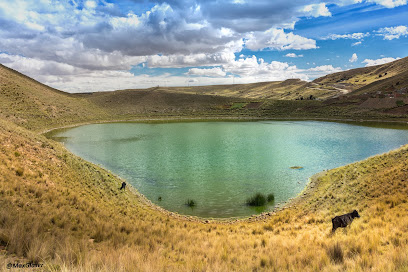
Mirador de carretera de la muerte
Discover the breathtaking views and adventurous spirit at the Mirador de Carretera de la Muerte in Coroico, Bolivia.
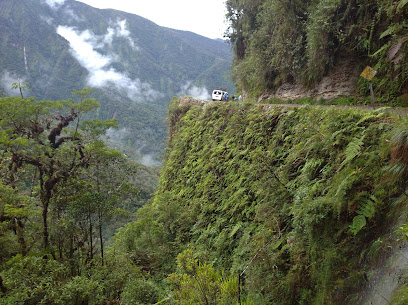
طريق الموت
Explore the awe-inspiring Death Road in Bolivia, where adventure meets breathtaking landscapes and rich history.
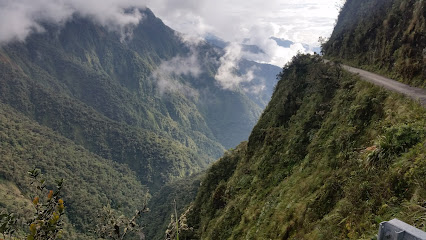
Cascadas de Hampaturi
Discover the breathtaking Cascadas de Hampaturi, a hidden natural paradise near La Paz, Bolivia, featuring stunning waterfalls and scenic hiking trails.
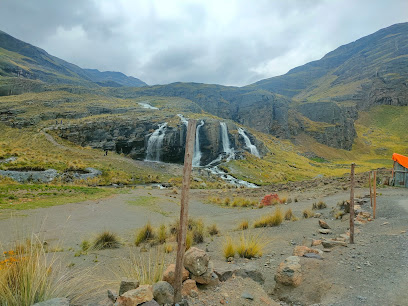
Essential places to dine
Gustu
Experience authentic Bolivian flavors at Gustu, La Paz's premier South American restaurant known for its innovative cuisine and local ingredients.
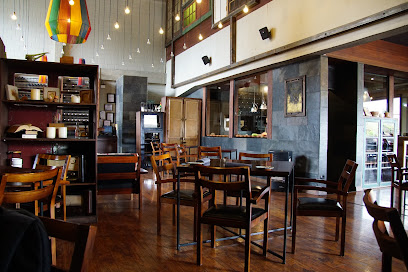
Namas Té
Discover Namas Té in La Paz – where vibrant vegan cuisine meets serene tea house ambiance for an unforgettable dining experience.
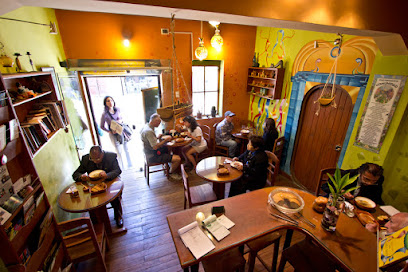
Restaurant Vienna
Experience the essence of European cuisine at Restaurant Vienna in La Paz - where every meal is a celebration of flavor.
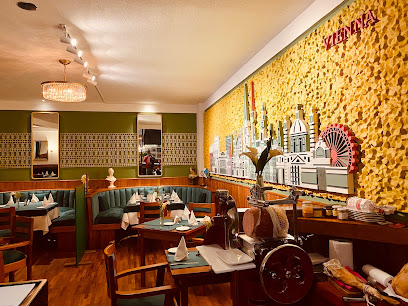
Ali Pacha
Experience innovative vegetarian cuisine at Ali Pacha in La Paz, where local ingredients meet culinary creativity in a vibrant setting.
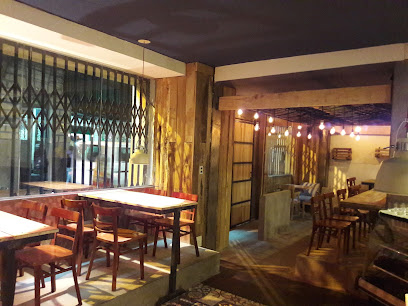
Yolosita Coroico
Experience authentic Bolivian cuisine at Yolosita Coroico in the stunning Yungas region, where delicious food meets breathtaking scenery.
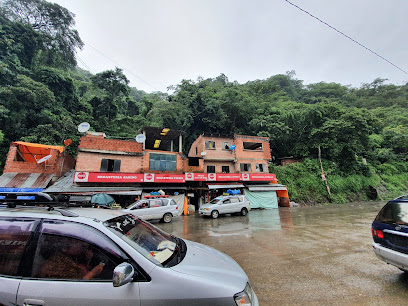
Bolivian Green Kitchen
Savor authentic Bolivian cuisine at Bolivian Green Kitchen in La Paz - where every dish celebrates local flavors.
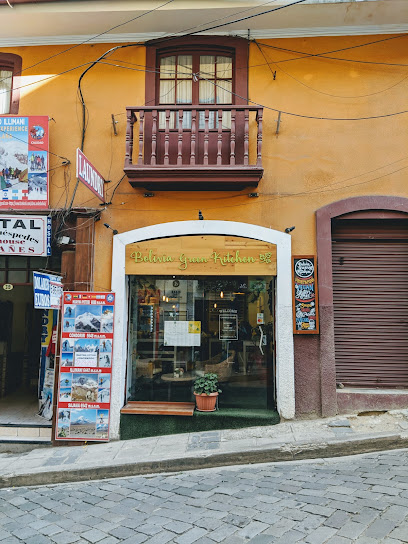
Kalakitas Mexican Food n' Drinks
Discover the essence of Mexico in La Paz at Kalakitas Mexican Food n' Drinks - where authentic flavors meet local hospitality.

YATI Restaurant café bar
Experience authentic Bolivian cuisine blended with international flavors at YATI Restaurant Café Bar in La Paz.
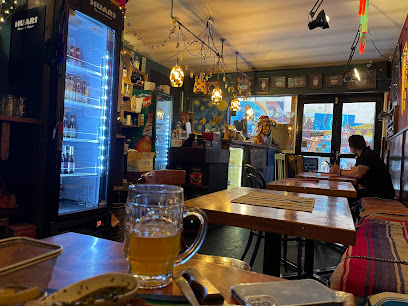
Ristorante Pizzeria Toto
Experience authentic Italian flavors at Ristorante Pizzeria Toto in Coroico - where delicious pizzas meet stunning mountain views.
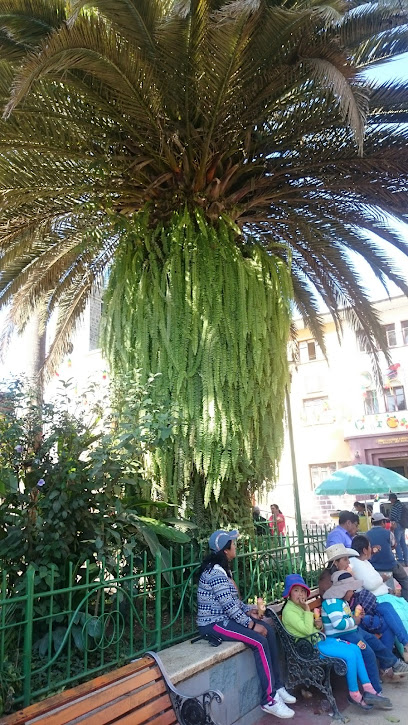
El Cafetal
Discover El Cafetal in Coroico: A delightful restaurant serving authentic Bolivian cuisine with breathtaking mountain views.
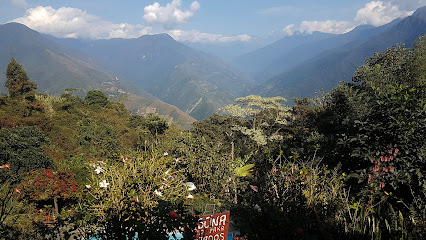
WOK fusión chai
Experience the perfect blend of traditional Asian flavors and Bolivian ingredients at WOK fusión chai in La Paz.
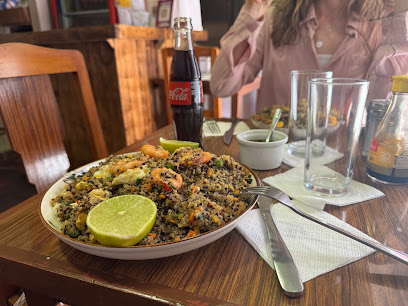
Café Munaipata
Experience authentic Bolivian cuisine at Café Munaipata in Coroico – where breathtaking views meet farm-fresh flavors.
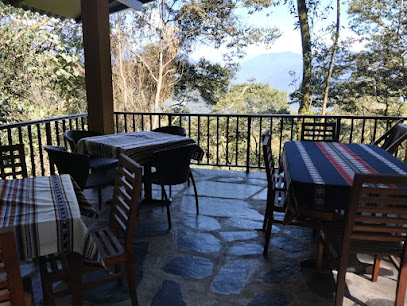
Back Stube
Discover Bolivian flavors at Back Stube in Coroico—where every dish tells a story amidst stunning mountain views.
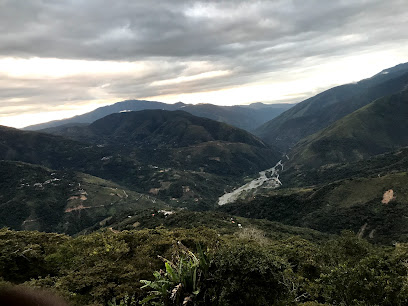
Pizzeria Italia
Experience authentic Italian flavors at Pizzeria Italia in Coroico - a must-visit destination for pizza lovers amidst breathtaking Bolivian scenery.
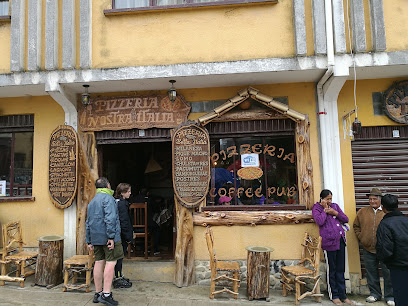
Jardín de las Flores (La Mejor Gastronomia)
Experience authentic Bolivian cuisine at Jardín de las Flores in La Paz—a culinary gem offering delightful dishes and stunning ambiance.
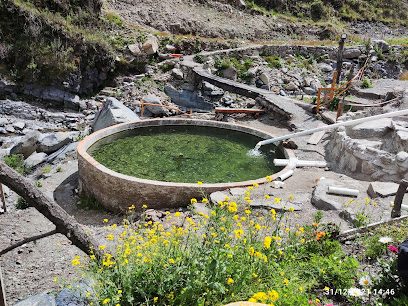
Markets, malls and hidden boutiques
Yungas Road
Experience the thrill of Yungas Road, Bolivia's most dangerous yet breathtaking hiking destination, where adventure meets stunning natural beauty.

Yume anime store
Explore the vibrant world of anime at Yume Anime Store in La Paz, Bolivia, a must-visit destination for fans and collectors alike.
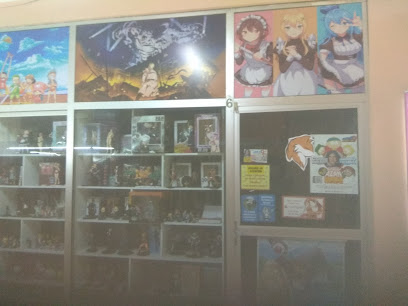
Mercado central Coroico
Discover the heart of Coroico at Mercado Central, a lively shopping mall brimming with local culture, delicious cuisine, and unique handicrafts.
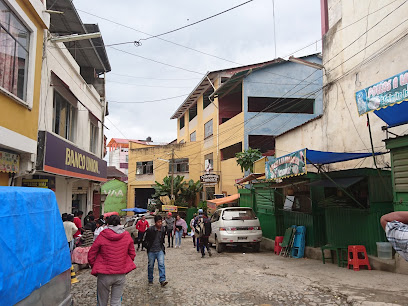
THE TEA HOUSE
Discover the serene ambiance and exquisite espresso at The Tea House in Coroico, Bolivia – a perfect retreat amidst stunning landscapes.
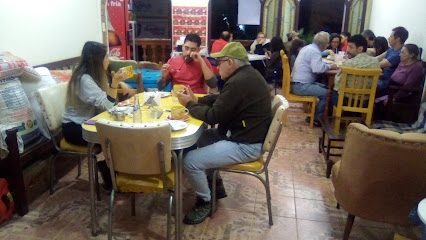
Quisco4
Discover unique Bolivian souvenirs at Quisco4, a charming gift shop in La Paz offering handcrafted treasures and cultural gems.

FLOVEL
Discover FLOVEL in Coroico: Your local general store for authentic Bolivian goods and community charm.
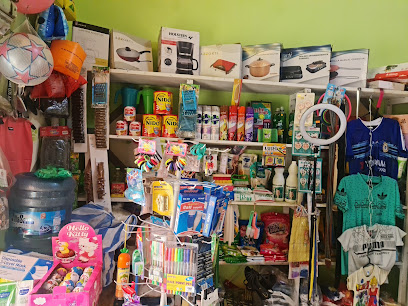
Wow Artistic Ideas
Explore the vibrant world of Bolivian art at Wow Artistic Ideas, where unique handcrafted gifts await to tell your travel story.
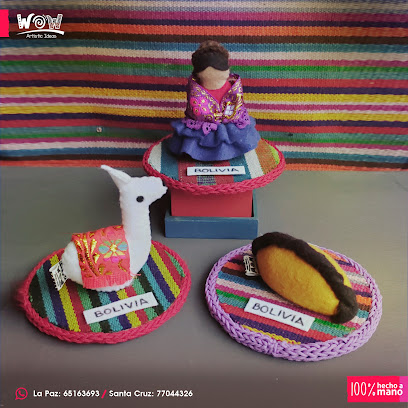
Santa Clara del Paraiso
Discover the charm of Bolivian culture at Santa Clara del Paraiso, a unique souvenir store in Coroico offering handcrafted treasures and local artistry.
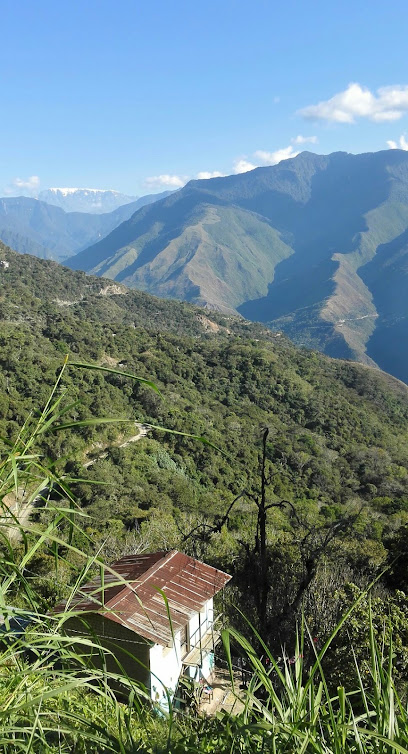
Los Escandalosos
Explore Los Escandalosos, a unique gift shop in La Paz, where local craftsmanship meets creativity, perfect for memorable souvenirs and eclectic finds.
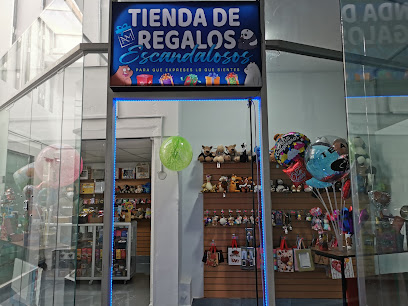
Miercoles
Explore Miercoles in La Paz for unique handcrafted gifts that embody the spirit of Bolivia, from artisan crafts to vibrant souvenirs.

Caranavi
Explore the breathtaking beauty and rich culture of Caranavi, a hidden gem in the heart of the Bolivian Andes, perfect for adventurous travelers.
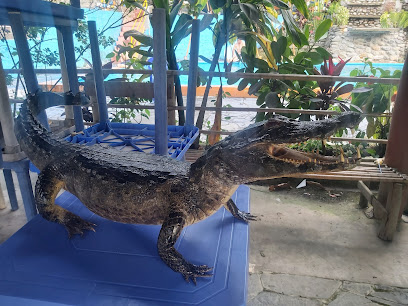
San Cristóbal
Discover the vibrant shopping scene at San Cristóbal in Coroico, where local crafts and authentic Bolivian cuisine await.

Comedor y Mercado San José
Experience the authentic flavors of Bolivia at Comedor y Mercado San José, a bustling shopping mall and culinary hotspot in Coroico.
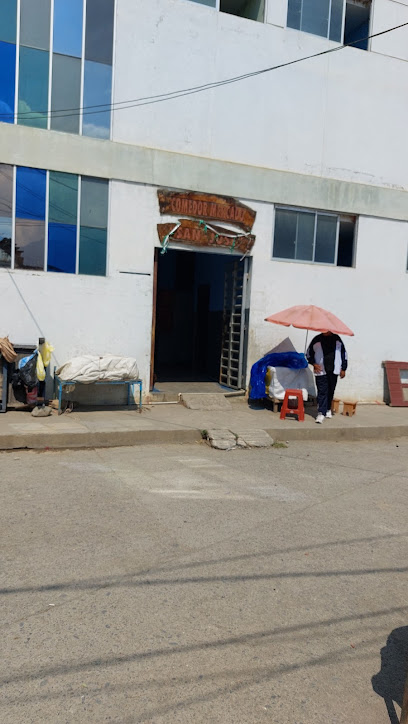
Vanis Store
Explore Vanis Store in La Paz for unique Bolivian gifts and souvenirs that embody the rich cultural heritage of Bolivia.

De Todo Un Poco
Discover a vibrant gift shop filled with unique local crafts and souvenirs that encapsulate the spirit of your travels.

Essential bars & hidden hideouts
Pub & Disco Malegria
Discover the vibrant nightlife of La Paz at Pub & Disco Malegria, where fun, drinks, and dancing await in a lively atmosphere.
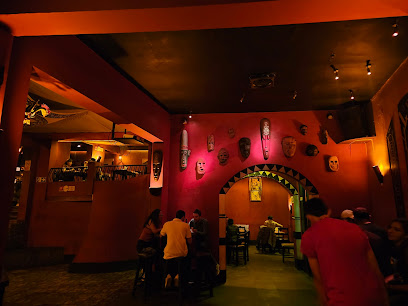
The English Pub
Experience the best of British pub culture in La Paz with delicious grilled dishes and a lively atmosphere.
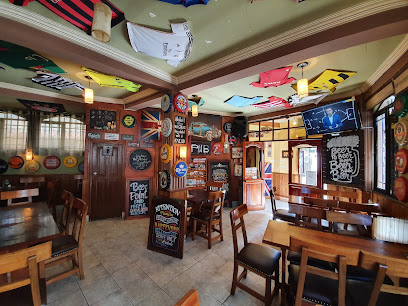
Yolosita Coroico
Experience authentic Bolivian flavors at Yolosita Coroico, a cozy restaurant in El Alto, perfect for tourists seeking local culinary delights.
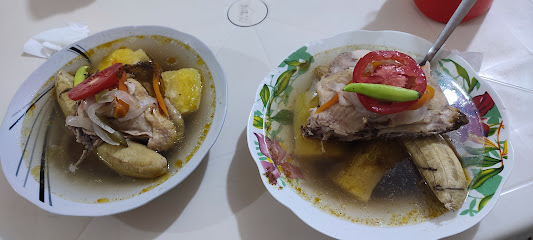
ROCKERS ALIVE MUSIC BAR
Discover La Paz's vibrant nightlife at Rockers Alive Music Bar, where live music and great vibes create unforgettable evenings.
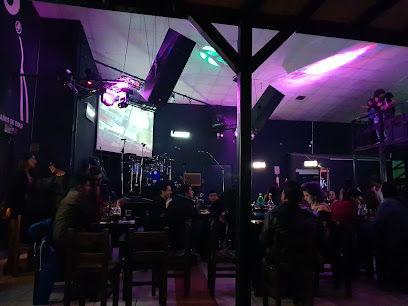
The Lucky Llama Irish Bar
Discover the heart of Irish culture in La Paz at The Lucky Llama Irish Bar, where every sip and bite tells a story.
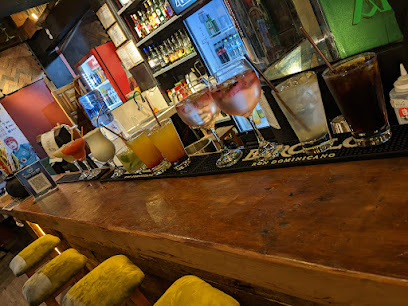
La Costilla de Adan
Experience the vibrant nightlife of La Paz at La Costilla de Adan, a bar that blends local flavors and a welcoming atmosphere.
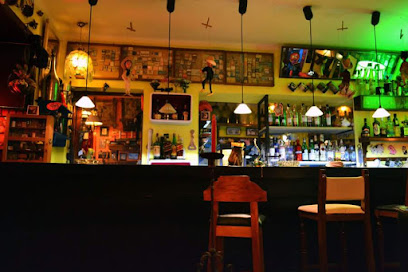
Bon Apettit and Carla's Garden pub
Discover the flavors of Bolivia at Bon Apettit and Carla's Garden Pub in Coroico, where every meal is a journey through local culinary culture.
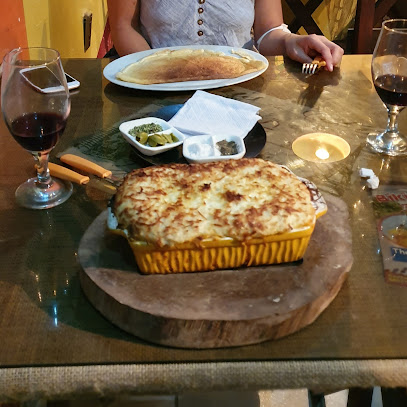
Discoteca Búfalo
Unleash your spirit at Discoteca Búfalo, a vibrant bar in Coroico offering an unforgettable nightlife experience with music, dance, and local culture.
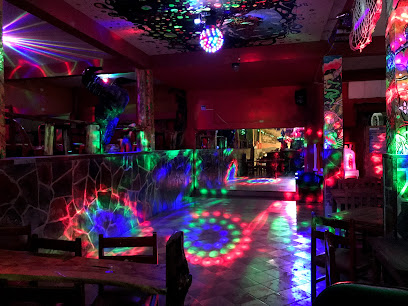
Floyd's Club
Experience the vibrant nightlife of La Paz at Floyd's Club, where live music and a lively atmosphere come together for an unforgettable evening.

Oveja Negra Pub Rock
Experience the authentic Bolivian nightlife at Oveja Negra Pub Rock, where live music and local culture come together in El Alto.
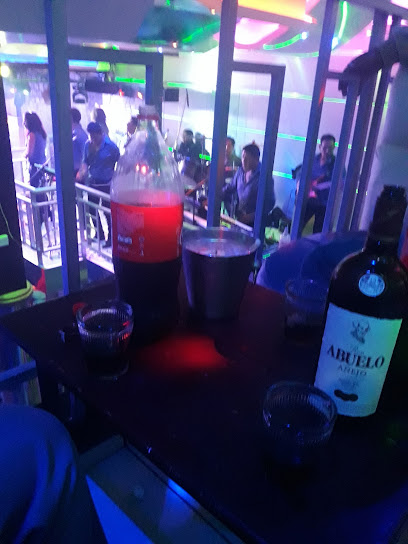
Rock City Bar
Experience the vibrant nightlife at Rock City Bar in La Paz, where music, drinks, and fun collide for an unforgettable evening.
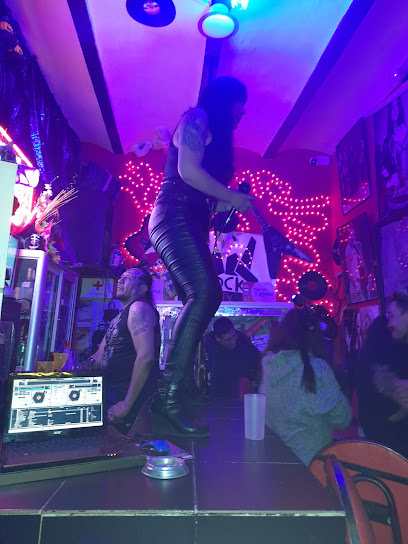
Pub Don Vito
Experience the vibrant nightlife and local culture at Pub Don Vito, the perfect bar in Coroico for tourists seeking a warm and welcoming atmosphere.
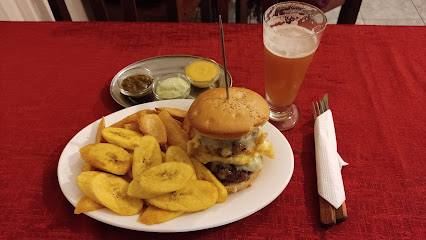
La Birrería Pub
Experience the vibrant flavors of Bolivia at La Birrería Pub, a lively gastropub in the heart of La Paz, offering craft beers and exquisite local cuisine.
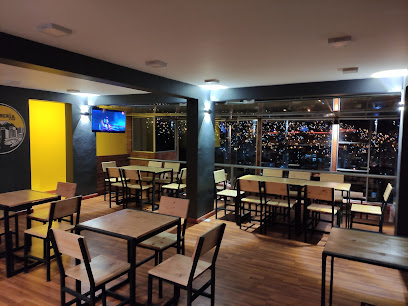
RestoBar El Arcángel
Discover the vibrant nightlife at RestoBar El Arcángel in Coroico, where local flavors and stunning views come together for an unforgettable experience.

Bar tía pepa
Discover the vibrant atmosphere and stunning views at Bar tía pepa, a must-visit bar in the heart of Coroico, Bolivia.

Local Phrases about Yungas Road
-
- Hello¡Jiwawa!
[hee-wa-wa] - Goodbye¡Jupajpaki!
[hoo-pa-pa-kee] - Yes¡Ajja!
[ah-ha] - No¡Manqa!
[man-ka] - Please/You're welcome¡Imasunki!
[ee-ma-soon-kee] - Thank you¡Asañani!
[ah-sa-nya-nee] - Excuse me/Sorry¡Phutqayki!
[foo-tka-ykee] - How are you?¿Imaynataki?
[ee-ma-ee-na-ta-kee] - Fine. And you?Ñoqaña. ¿Chaypi?
[nyo-ka-nya. chai-pee] - Do you speak English?¿Inka rimasqakita ingles simi?
[een-ka ree-mas-ka-kee-ta een-gles see-mee] - I don't understandMana yuyarni
[ma-na yoo-yar-nee]
- Hello¡Jiwawa!
-
- I'd like to see the menu, please¡Mananawan rimasqayki, mana!
[ma-na-na-wan ree-mas-ka-ykee, ma-na] - I don't eat meatMana wañuchiy niy
[ma-na wa-nyoo-chee nee] - Cheers!¡Saki!
[sa-kee] - I would like to pay, please¡Mananawan qanpayki, mana!
[ma-na-na-wan kan-pa-ykee, ma-na]
- I'd like to see the menu, please¡Mananawan rimasqayki, mana!
-
- Help!¡Apuray!
[ah-poo-rai] - Go away!¡Jani!
[ha-nee] - Call the Police!¡Waskaray Polisia!
[wahs-ka-ry po-lee-see-ah] - Call a doctor!¡Waskaray dukturi!
[wahs-ka-ry dook-too-ree] - I'm lostÑuqa llimpuy
[nyoo-ka y-leem-pooi] - I'm illÑuqapaqmi
[nyoo-ka-pak-mee]
- Help!¡Apuray!
-
- I'd like to buy...¡Mananawan qallarqayki...
[ma-na-na-wan ka-lya-kay-kee] - I'm just lookingÑuqallaniraqmi
[nyoo-kal-la-nee-rak-mee] - How much is it?¿Imaykita?
[ee-ma-ee-kee-ta] - That's too expensiveKaymanchu sumaq
[kai-man-choo soo-mak] - Can you lower the price?¿Maypita?
[mai-pee-ta]
- I'd like to buy...¡Mananawan qallarqayki...
-
- What time is it?¿Imaynin?
[ee-ma-ee-neen] - It's one o'clock¡Juk llaqtan
[hoo-k y-lak-tan] - Half past (10)¡Iskaynata
[ees-kai-na-ta] - MorningPachamanta
[pa-cha-man-ta] - AfternoonInti chaski
[een-tee chas-kee] - EveningAnata
[a-na-ta] - Yesterday¡Illapampa!
[ee-ya-pan-pa] - Today¡Kunan!
[koo-nan] - Tomorrow¡Mach'iq!
[mach-eeq] - 1Juk
[hoo-k] - 2Iskay
[ees-kai] - 3Kimsa
[keem-sa] - 4Tawa
[ta-wa] - 5Pichqa
[peech-ka] - 6Suqta
[sook-ta] - 7Qanchis
[kahn-chees] - 8Pusaq
[poo-sak] - 9Isqun
[ees-koon] - 10Chunka
[choon-ka]
- What time is it?¿Imaynin?
-
- Where's a/the...?¿Manta...
[maan-ta] - What's the address?¿Imaynata...
[ee-ma-ee-na-ta] - Can you show me (on the map)?¿Maypita...
[mai-pee-ta] - When's the next (bus)?¿Kaynata...
[kai-na-ta] - A ticket (to ....)¡Tikiti (...)
[tee-kee-tee]
- Where's a/the...?¿Manta...
History of Yungas Road
-
Yungas Road, also known as 'El Camino de la Muerte' (The Road of Death), was constructed in the 1930s during the Chaco War between Bolivia and Paraguay. Paraguayan prisoners of war were compelled to build the road under harsh conditions. The road stretches approximately 61 kilometers, connecting the Bolivian capital, La Paz, to the town of Coroico in the Yungas region.
-
The Chaco War (1932-1935) was a brutal and devastating conflict between Bolivia and Paraguay over control of the Gran Chaco region. The construction of Yungas Road was part of Bolivia's efforts to improve its infrastructure and military logistics. The road's construction was a significant engineering challenge due to the rugged terrain and dense forest, and it claimed many lives even during its construction.
-
Yungas Road earned its notorious nickname due to the extremely high number of fatalities attributed to its perilous conditions. The road is often no wider than 3.2 meters, with sheer drops of up to 600 meters on one side and a cliff face on the other. The combination of narrow passages, lack of guardrails, and frequent fog and rain has led to numerous accidents over the decades, cementing its reputation as one of the most dangerous roads in the world.
-
For the local Yungas communities, Yungas Road is more than just a perilous pathway; it is a vital connection to the outside world. The road facilitates the transport of agricultural products such as coffee, coca, and citrus fruits from the fertile Yungas valleys to the markets in La Paz. There are also numerous shrines and memorials along the road, dedicated to those who lost their lives, reflecting the deep cultural and spiritual significance the road holds for the local people.
-
Despite its perilous reputation, Yungas Road has become a popular destination for thrill-seeking tourists. Mountain biking along the road is a common activity, attracting adventurers from around the globe. In 2006, a new, safer bypass road was constructed to reduce the amount of traffic on Yungas Road, but it remains a significant route for local transport and an iconic destination for adventure tourism.
-
The Yungas region is known for its rich biodiversity, and the road cuts through a variety of ecosystems ranging from high-altitude cloud forests to subtropical rainforests. This area is home to numerous endemic species of flora and fauna. Efforts have been made to balance the road's use with environmental conservation, but the impact of tourism and traffic continues to be a concern for local environmentalists.
Yungas Road Essentials
-
Yungas Road is located in the Bolivian Andes, connecting the capital city of La Paz to the town of Coroico. The nearest international airport is El Alto International Airport in La Paz. From La Paz, you can take a bus or arrange for a tour operator to drive you to the starting point of Yungas Road. The journey by road typically takes about 3 to 4 hours.
-
Transportation options in the Yungas region include buses, taxis, and organized tours. While adventurous travelers may opt to cycle down Yungas Road, it is highly recommended to go with a reputable tour company that provides safety gear and guides. Local minibuses (known as 'micros') and taxis are available for shorter distances within the towns.
-
The official currency in Bolivia is the Boliviano (BOB). Credit cards are accepted in larger hotels and some restaurants in La Paz, but it is advisable to carry cash, especially when traveling to more remote areas like Yungas Road. ATMs are available in La Paz, but less so in smaller towns, so ensure you have sufficient cash before departing.
-
Yungas Road is known for its challenging terrain and history of accidents, so safety is paramount. Always choose reputable tour operators for cycling trips. In La Paz, exercise caution in crowded areas and avoid walking alone at night in unfamiliar neighborhoods. While the Yungas region is generally safe, it is wise to stay vigilant and keep an eye on your belongings.
-
In case of emergency, dial 110 for police assistance or 118 for medical emergencies. It is crucial to have travel insurance that covers medical and evacuation expenses. Major hospitals are located in La Paz. For minor medical issues, local pharmacies can provide over-the-counter medications. Tour operators often carry first aid kits and have protocols for emergency situations.
-
Fashion: Do wear comfortable and weather-appropriate clothing. Don't wear flashy jewelry. Religion: Do respect local customs, especially in indigenous areas. Public Transport: Do be courteous and offer your seat to elderly passengers. Don't eat or drink on public transport. Greetings: Do greet people with a friendly 'Hola' or 'Buenos días'. Don't initiate a handshake unless offered. Eating & Drinking: Do try local dishes and drinks. Don't refuse food or drink offerings, as it is considered impolite.
-
To experience Yungas Road like a local, visit local markets and try traditional dishes such as 'sopa de maní' (peanut soup) and 'chairo' (a traditional Andean stew). Engage with local guides to learn about the region's history and culture. For an authentic experience, consider staying in a family-run hostel or eco-lodge. Don't miss the chance to visit the nearby waterfalls and coffee plantations.
Trending Landmarks in Yungas Road
Nearby Cities to Yungas Road
-
Things To Do in Copacabana
-
Things To Do in Cochabamba
-
Things To Do in Puno
-
Things To Do in Tacna
-
Things To Do in Arica
-
Things To Do in Arequipa
-
Things To Do in Sucre
-
Things To Do in Potosi
-
Things To Do in Uyuni
-
Things To Do in Iquique
-
Things To Do in Santa Cruz de la Sierra
-
Things To Do in Cusco
-
Things To Do in Machu Picchu
-
Things To Do in Tarija
-
Things To Do in San Pedro de Atacama

